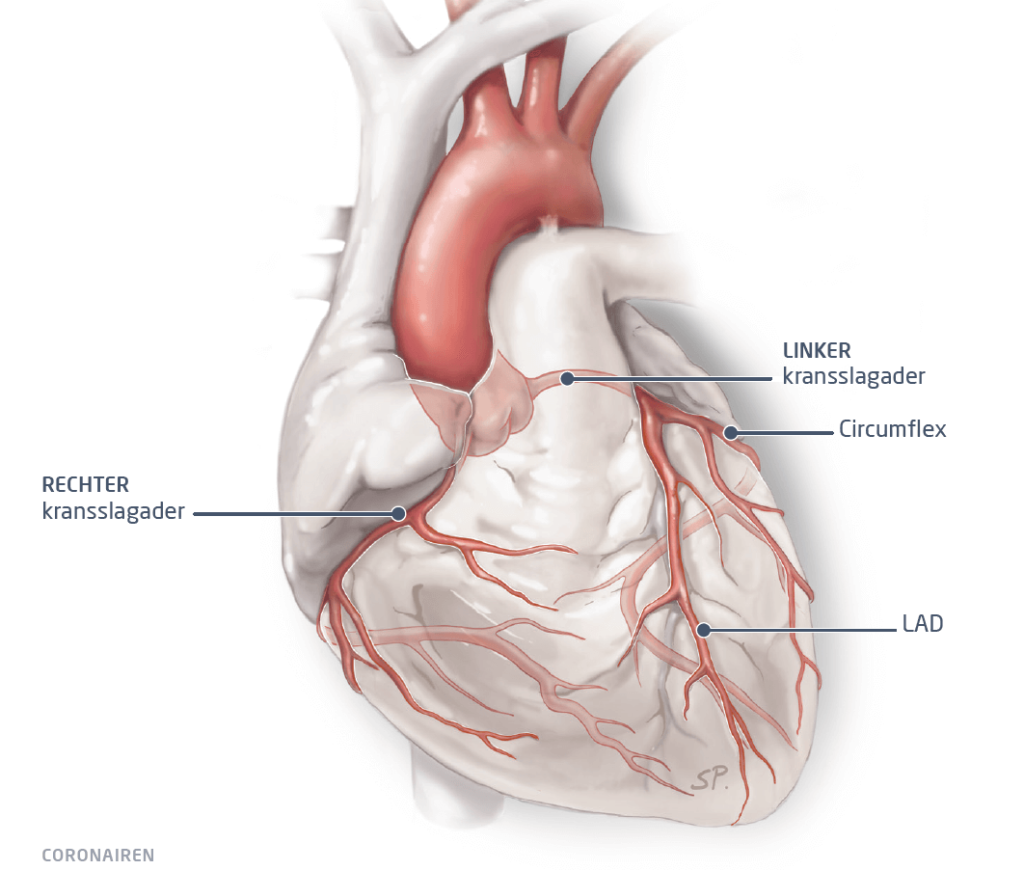The heart is an organ composed mainly of muscle tissue. It acts as a pump to circulate blood to the lungs and all other parts of the body. The blood supplies our body with necessary nutrients and takes away waste products.
About our heart
With each heartbeat, the heart pumps about 70 ml of blood into the major blood vessels at an average rate of 70 beats per minute.
If we do a simple calculation we see that our heart is capable of a lot:
- 70 ml/beat x 70 beats/minute = 4900 ml/minute = almost 5 liters/minute!
- 5 l/min x 60 minutes = 300 l/h
- 300 l/h x 24 hours = 7200 liters per day
The heart cavities
The heart consists of four chambers. The two lower parts (ventricles) are the main pumping chambers while the two upper parts (atria) deliver the blood to the ventricles. Thus, the heart consists of four parts.
The right heart part collects the blood that comes back from the body through the large hollow veins. The blood brought in is the “used” (low oxygen) blood. This deoxygenated blood is pumped through the right atrium and right ventricle into the pulmonary artery to be oxygenated in the lungs.
Through the pulmonary circulation, the oxygenated blood reaches the left half of the heart, from where the “fresh” (oxygenated) blood is pumped into the aorta. Then the blood circulates through a network of arteries to supply our bodies with the necessary oxygen.

The heart valves
The heart valves can be compared to “doors” that open and close automatically. There are valves between the atria and the ventricles. These are the mitral valve and the tricuspid valve. There are also 2 valves at the level of the transition between the ventricles and the large blood vessels (aorta and pulmonary artery), namely the aortic valve and the pulmonary valve. The four valves can only open in one direction. As a result, the blood, which flows into the heart and is pumped back out, can only flow in one direction (unidirectional).

The blood supply of the heart
Like any other organ, the heart needs oxygenated blood to function. The arteries that supply blood to the heart are called the coronary arteries or coronaries.
There are two coronary arteries:
- the right coronary artery which has one major branch, the RCA (short for right coronary artery)
- the left coronary artery which has two major branches, the LAD (short for left anterior descending) and the circumflex

